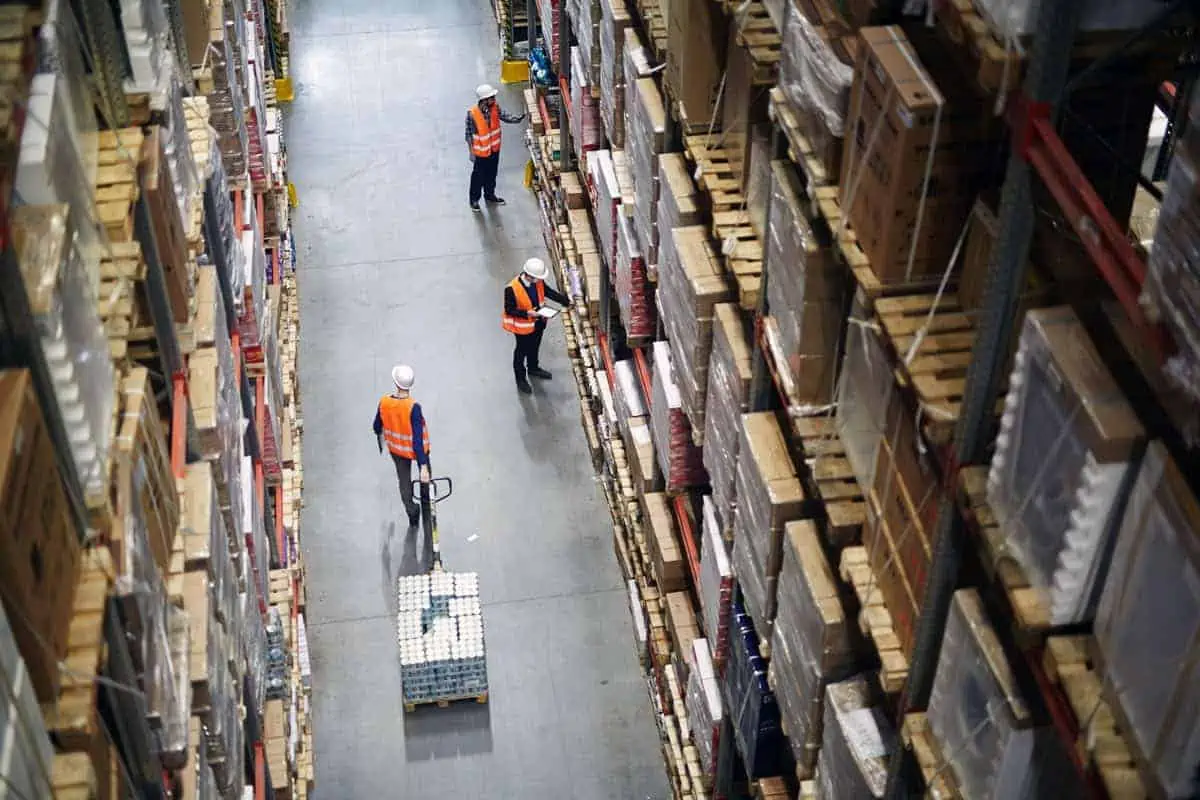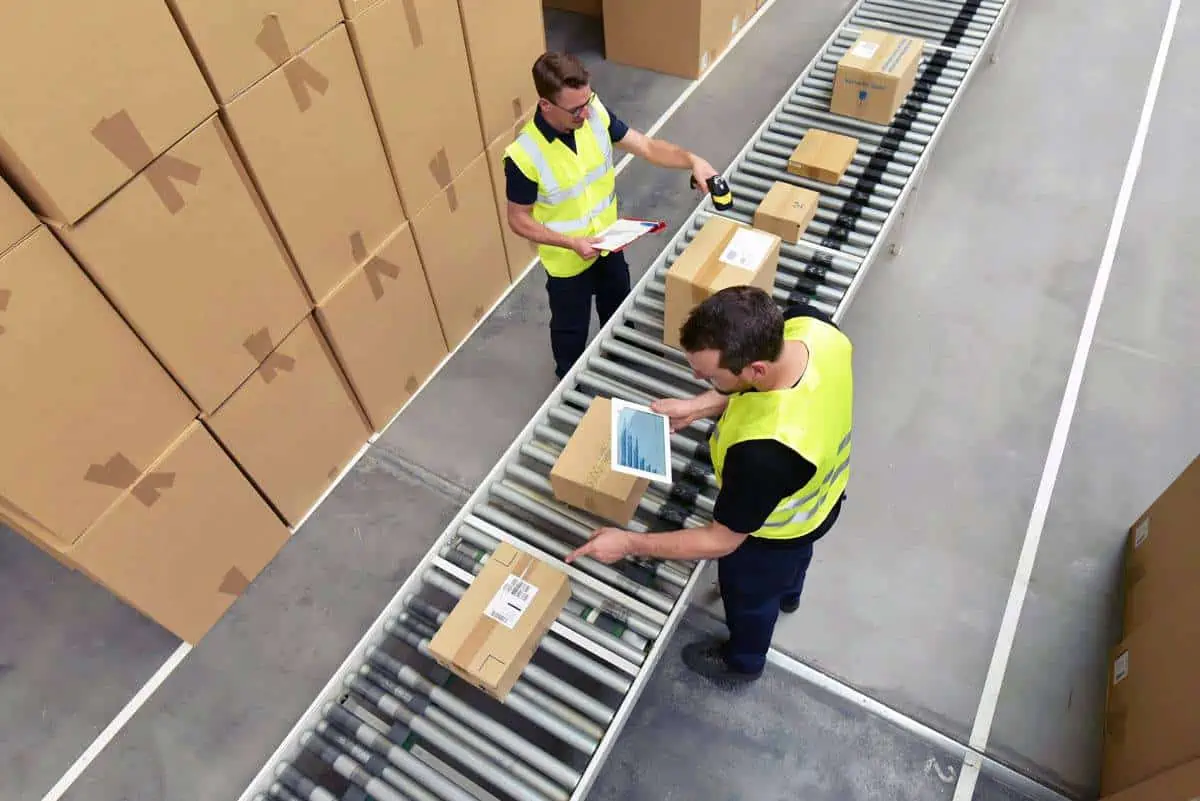3 Steps to Improve Warehouse Worker Efficiency
This month we are sticking with the topic of improving your warehouse efficiency.
Our last blog post was “3 Steps to Improve Warehouse Efficiency.” We discussed how accessibility, product flow, and maximized storage affect warehouse efficiency and productivity.
But today, our focus moves from your building and equipment over to your warehouse workers.
The best equipment and systems still need employees and workers to run them and pick-and-pack the orders. As each employee got hired, they received the required task and equipment training for their specific position.
That training allows your employees to work cohesively together on a team or crew to process, pack, and ship orders to your customers. Besides the initial training, what else can you do to improve your workers’ efficiency?
Here are three simple steps to improve your warehouse workers’ efficiency and productivity, which can lower costs and boost revenues.
Cross-train Employees
Every employee should receive the task and equipment training for at least one other position on the team. If an employee calls off work for a day or several, cross-training allows you to quickly and easily fill the void until the employee returns. You won’t have to contact the temp agency and wade through a stream of applications trying to find a suitable short-term replacement.

Cross-training allows you to fill-that-void with someone who:
- Is already familiar with your products and processes
- Doesn’t require on-the-fly training before starting work
- Knows the other team members and their roles/duties
- Doesn’t require new employee paperwork to complete, submit, and wait for approval
- Can start work immediately
It’s easy to see how cross-trained employees can allow you to work around a scheduling issue when someone is out sick for a few days. The cross-training strategy can eliminate scheduling conflicts when an employee is out for an extended timeframe, such as maternity and paternity leave, PTO (Personal Time Off), and even when someone is out on vacation, too.

Implement and Enforce Safety Standards
Every warehouse company has a safety policy in place and a process for reporting potential safety issues. The problem is that most companies do only an annual inspection, then tweak or update the safety policy based on the inspection results.
From an employees’ mindset, this creates the appearance that safety concerns are a lot like Christmas or a birthday. It happens one day, once a year, and if you miss it, you’ll have to wait a while for the next one.
The annual option for safety standards also sends a message to employees that safety isn’t that important the other fifty or so weeks a year.
A much better option is to have regular, monthly or quarterly, discussions about safety standards and enforcement.
- Any concerns raised should be resolved or in the process of being corrected by the next safety standards review.
- Enforce the safety protocols and required safety equipment for all employees.
If employees are worried about that loose stair tread or slightly wobbling handrail giving way, they are distracted from their work.
If employees are worried about the forklift driver with the lead foot screaming around the corner again, they are distracted from their work.
If they worry about the conveyor starting up without warning again, they are distracted from their work.
Working distracted ultimately impacts the employee’s efficiency and production. If you multiply that “distraction” out over several employees, or across an entire team, warehouse workers’ efficiency can quickly drop by double-digit amounts.
Implementing and enforcing safety standards creates a safer workplace for everyone. A safer workplace can minimize “distracted working” and improve worker efficiency.

Regular Equipment Maintenance
The old mentality of “If it’s not broken, why fix it” has no place in the warehousing industry. Every piece of equipment in your warehouse requires regular or routine maintenance to keep working correctly. Parts can break or wear out, rendering the equipment useless until it can be repaired or replaced.
Equipment breakdowns can slow or completely shut down your warehouse operations.
Imagine if your only forklift suffers a breakdown. Vertically stored items will not be accessible until your forklift is running again.
Conveyor rollers can get packed with dirt or debris. Which means your product isn’t going anywhere until the conveyor gets adequately serviced.
Pallet jacks with low fluid levels or leaking seals won’t work correctly, impacting worker efficiency yet again.

Many of these breakdowns can be avoided entirely by creating and following a regular maintenance plan. If you don’t have the service manuals already in hand, you may be able to find them via a Google search.
Simple things like checking fluid levels, inspecting belts, and examining hoses can prevent major mechanical breakdowns.
Other pieces of equipment may only need regular lubrication and cleaning to keep working like new.
Assemble the maintenance information for your warehouse’s equipment and machinery, create a maintenance plan, and put it into place.
Regular maintenance or service keeps your equipment running or working at maximum capacity, which allows your warehouse workers to operate at maximum efficiency.
That wraps up this month’s article about warehouse worker efficiency. These three items made our list because they have the most significant impact on worker efficiency. And they are easy to implement in virtually every warehouse.